
What other transformations could be involved besides symmtery? rotations?
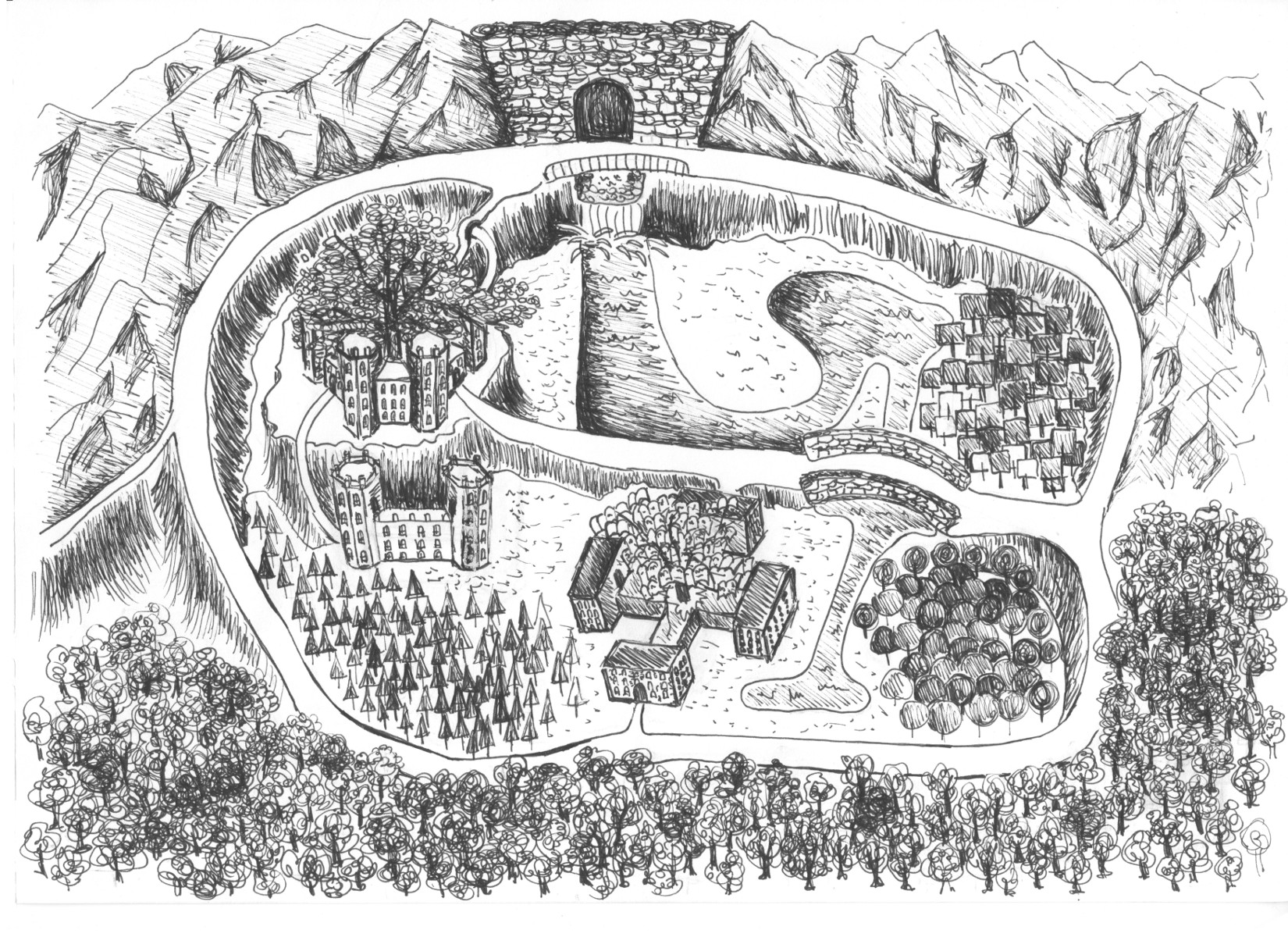
citadel of aivirai

What other transformations could be involved besides symmtery? rotations?
Still looking for proofreaders. Lots of interesting stuff inside the book.
Take a look here: https://aivirai.com/2022/08/03/muko-part-vi-muko-and-the-observation/
One of interesting observations included in “Muko part VI”.
If we get Vigenere table based on simple ABC alphabet and KRYPTOS alphabet:

we get:
O -> Y
B -> A
K -> R
🙂 is it a coincidence? or Vigenere cipher based on alphabets presented in the table above is the 2nd step in K4?
More in the book 🙂 also ideas for 1st step.
#k4 #kryptos #sculpture #cia #yar
Current status of proofreaders:
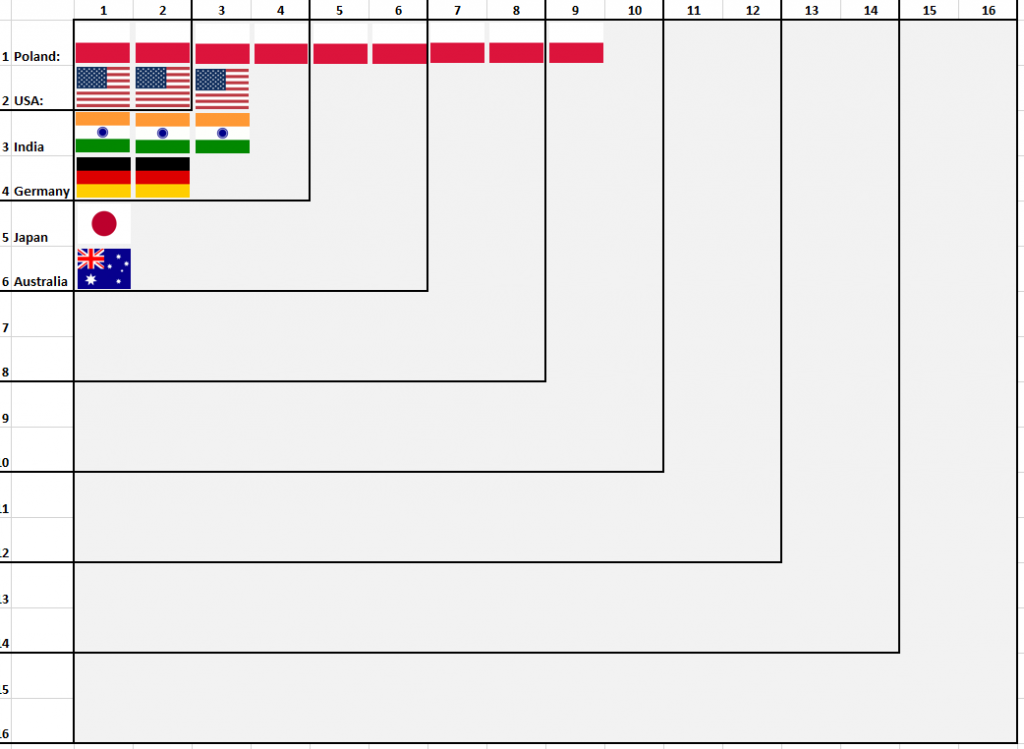
Current status above. Still waiting for more proofreaders.
2 people x 2 countries
* for all proofreaders – all 6 Muko books for free
* for the winner – an episode with you in the 7th book + 1024 $
More info: https://aivirai.com/2022/08/03/muko-part-vi-muko-and-the-observation/
Current status of proofreaders:
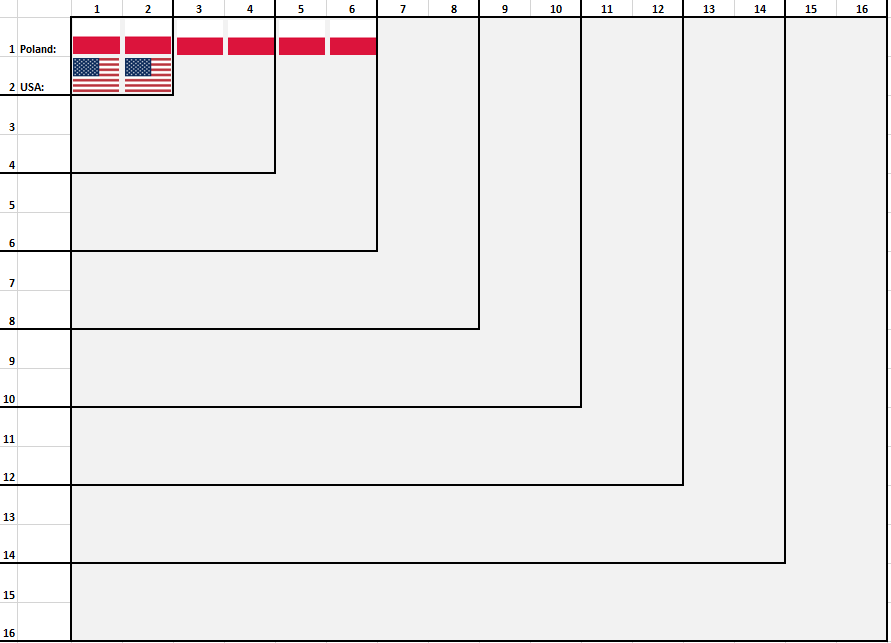
2 people x 2 countries
* for all proofreaders – all 6 Muko books for free
* for the winner – an episode with you in the 7th book + 1024 $
4 people x 4 countries – ??? we have to wait
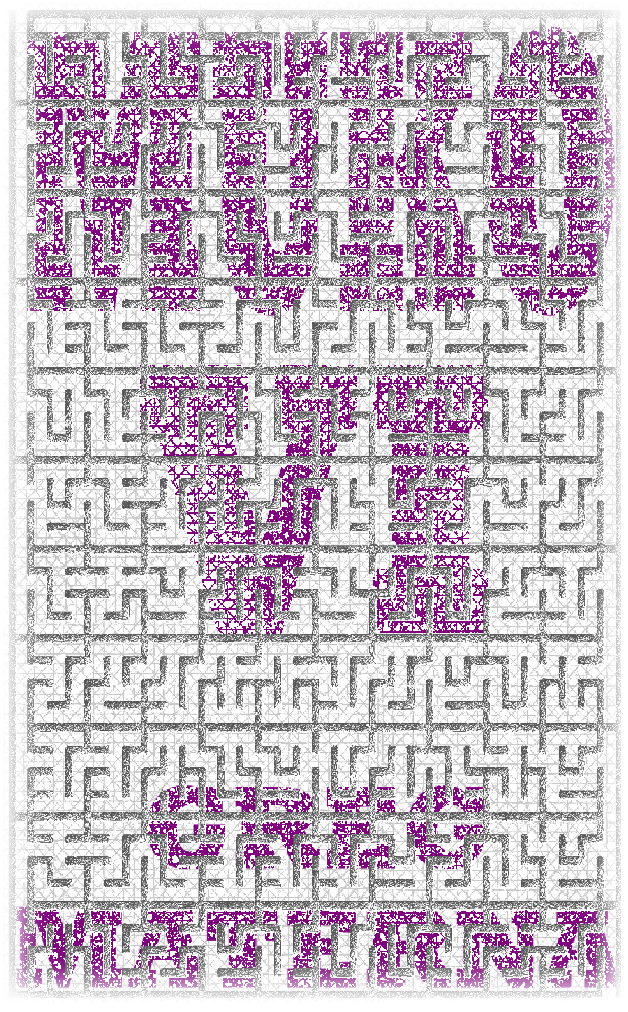
Hi all Kryptos fans,
my history with Kryptos started on CLOCK clue in 2014.
Since that time I’ve been testing lots of approaches and ideas, and in parallel also learning a lot about cryptography. I’ve studied math and IT so different kinds of riddles or logic games were with me through all of my life.
From the beginning I thought that I am close to the final solution.
Like many of us 🙂
That was also the time when I started the series of the books: Muko (https://aivirai.com/)
The series is about young children trying to solve Kryptos riddle. Working with the books has given me power to move forward besides many failures.
The first book (Muko and the Secret) was rejected by dozens of publishers, cooperation was rejected by dozens of agents yet… 6th book is nearly finished. I am glad that previous parts of the book landed in various countries even as far away from Poland as Australia, Japan or USA.
In the middle of the 2020 I’ve found (again :)) something interesting. Thanks to Mr. Richard Bean I’ve even been cited in his article: Cryptodiagnosis of “Kryptos K4”.
That was some kind of a statistical proof that letters KRYPTOS seem to be a key in K4.
That information also was also included in the 5th book: “Muko and the Rival” (The book ends with words: “The key to the fourth part seems to be KRYPTOS.”)
https://aivirai.com/2020/08/16/3-3-kryptos-aivirai-muko-series-and-the-keyword-for-k4/
The next clue (EAST -> FLRV) which was released a couple of days later was consistent with the analysis:
https://aivirai.com/2020/08/24/4-3-kryptos-aivirai-muko-series-and-the-keyword-for-k4/
To the point.
The book nr 6 is nearly finished. I am looking for your help, someone who would like to do a proofreading (and a little of something more).
The book – like the previous 5 parts – is quite short.
You can dowlnoad first part for free from here: https://aivirai.com/muko-part-i/
6th book is similar in length.
Why am I looking for a proofreading in this group?
I can promise that there is something exceptionally interesting in the 6th part – especially if you consider previous proof (KRYPTOS as a key) at least as: a little bit interesting.
I will let you know what it is before proofreading starts.
If you are interested in proofreading please contact me: citadelofaivirai[at]gmail[dot]com and let me know which country you are from.
Of course there are no fees involved on your side. Only a couple of minutes of your time and some patience until desired number of readers volunteer.
Best regards,
Greg.
New clue released EAST -> FLRV and again: 4th time my calculations are correct:
EAST clue for (IS_NOT_KR vs IS_KR) = (6 vs 1,5) – pattern again (6/1,5 = 4)
taking into consideration all clues we get:
average_distance(letters in IS_NOT_KR) = 8,07
average_distance(letters in IS_KR) = 2,1
based on 11 + 9 + 4 = 24 letters
KRYPTOS (or something created from these letters) seem to be the key for K4.
Dedication:
Marian Rejewski is the third person I would like to dedicate my book to.
He was a great Polish mathematician and cryptologist. He was born in 1905. Today we celebrate his birth.
Marian Rejewski – together with Henryk Zygalski and Jerzy Różycki – prepared techniques to decrypt the German Enigma ciphers.
Spoiler alert:
The 5th part of Muko ends with words: “The key to the fourth part seems to be xxxxxxxx.”.
I will spoil it a bit more in a second.
Since the beginning lots of us – kryptos geeks – probably assumed that THIS is the word, the key to solving K4. Unfortunately I haven`t seen any proof that would give us a slight hope that it really is the key and how it could be used.
The series of Muko books (Legends of Aivirai) were created because I wanted to help anyone to find the final solution and put it in decrypted, publicly available form.
I wanted the K4 to be left in a state where anyone (with just a minor knowledge about simple ciphers) will be able to move it forward.
Trailer:
Before going for the key and the proof, take a look at the trailer for 5th part of the book. I hope you will like it.
Muko Part V – Legends of Aivirai
The key:
To the point. Last sentence in the book is:
“The key to the fourth part seems to be KRYPTOS.”
A bit geek stuff for more advanced readers:
Introduction:
Now part for more interested readers, geeks like me who spent a lot of time on K4.
Everything started with a message for which hash was put in book 1 – “Muko and the Secret”. The 2nd message from at the end of the book (with hashes) begins with:
BEGIN
The first key to solution seems to be the word:
KRYPTOS
(…)
This keyword combined with clues gives us something interesting.
With BERLIN clue – it could be an incident
With CLOCK clue – it could be a coincidence
With NE clue – it seems to be a pattern
All three clues and the keyword show the same characteristics.
The calculations behind the pattern also shows some additional insight about the methods used as masking and encryption.
Simple definition needed:
What is the pattern and the crack in Kryptos K4?
If we get a random key and a random not-so-easy-cipher than the average distance between decrypted and encrypted letter on a specific position should be something around 6,5.
why?
dist(A, A) = 0,
dist(A, B) = dist(A, Z) = 1,
dist(A, C) = dist(A, Y) = 2,
…
dist(A, N) = 13 = dist(B, O) = …
average distance between A and all letters in alphabet is (0 + 1 + 2 + 3 + … + 12 + 13 + 12 + 11 + … + 1) / 26 = 6,5
The same calculations work for all other letters.
Calculations for K1, K2, K3:
Now average distances in Kryptos between decrypted and encrypted texts are:
Part 1: around 6,7
Part 2: around 8,9
Part 3: around 6,7
Seem to be close to 6,5
if we split letters of decrypted messages to two sets:
* IS_KR={KRYPTOS}
* IS_NOT_KR={ABCDEFGHIJLMNQUVWXZ}
and calculate distances separately, then the distances are:
Part 1 for (IS_NOT_KR vs IS_KR) = (7,1 vs 5,5) – similar (7,1/5,5 = 1,29)
Part 2 for (IS_NOT_KR vs IS_KR) = (8,3 vs 9,8) – similar (8,3/9,8 = 0,84)
Part 3 for (IS_NOT_KR vs IS_KR) = (6,4 vs 7,4) – similar (6,4/7,4 = 0,86)
everything behaves as it should behave in a correct cipher.
Calculations for clues:
Now lets take a look into clues BERLIN, CLOCK and NORTHEAST
BERLIN clue for (IS_NOT_KR vs IS_KR) = (9 vs 2) – incident (9/2 = 4,5)
CLOCK clue for (IS_NOT_KR vs IS_KR) = (11,6 vs 4,5) – coincidence (11,6/4,5 = 2,6)
NORTHEAST clue for (IS_NOT_KR vs IS_KR) = (5,25 vs 1,4) – pattern (5,25/1,4 = 3,75)
These are much larger values than they should be for a random word as a keyword.
Of course there are other words for which we could find larger quotient, but THIS word is the name of the scuplture!
What is more – like I`ve written – this gives a lot of insight about the methods used as masking and encryption.
Let`s think. Why KRYPTOS letters encrypt to other “near” letters?
The End:
Are you convinced?
If not then you have to wait a bit more (Muko Part VI) for other “incidents”.
Now, take a rest, grab first part of the book for free from:
Muko Part I – Muko and the Secret
and help children solve the mystery!
If you like it, there are other books in the series: Muko Series
Will you be the one that finds the “missing functions”?
Will you be the one that defeats NSA and CIA?
Or maybe you will be the one that wins millions of dollars 🙂
I hope so.
Greg

Jerzy Różycki is the second person I would like to dedicate my book to.
Today we celebrate his birth. He was born 111 years ago in 1909.
Jerzy Różycki is one of the three cryptologists from Poland who had major impact on cracking german Enigma.
Like I`ve written before I hope that 5th part of the book will be a special one. A little spoiler alert. One of the main characters ends the book with the phrase “The key to the fourth part seems to be xxxxxxxx.” 🙂
I hope that soon it will change the approach to solving k4 in the sculpture for everyone.

The 5th part of the Muko series book is almost finished and the first person I would like to dedicate it to is Henryk Zygalski.
Today we celebrate Henryk Zygalski`s birth. He was born 112 years ago in 1908.
Henryk Zygalski is one of the three Polish cryptographers who had major impact on cracking German Enigma.
Thanks to him and others, duration of WWII may have shortened by years.
5th part of the book is a special one. I hope it changes the approach to solving mysterious cipher that remains uncrackable for almost 30 years.
Preparing Muko series I wanted to create someting that will lead one of you to the final solution and will allow you to defeat institutions like CIA or NSA.
I hope I managed to do so. I have something interesting that I would like to share with you. Soon…
#kryptos #morse #aivirai
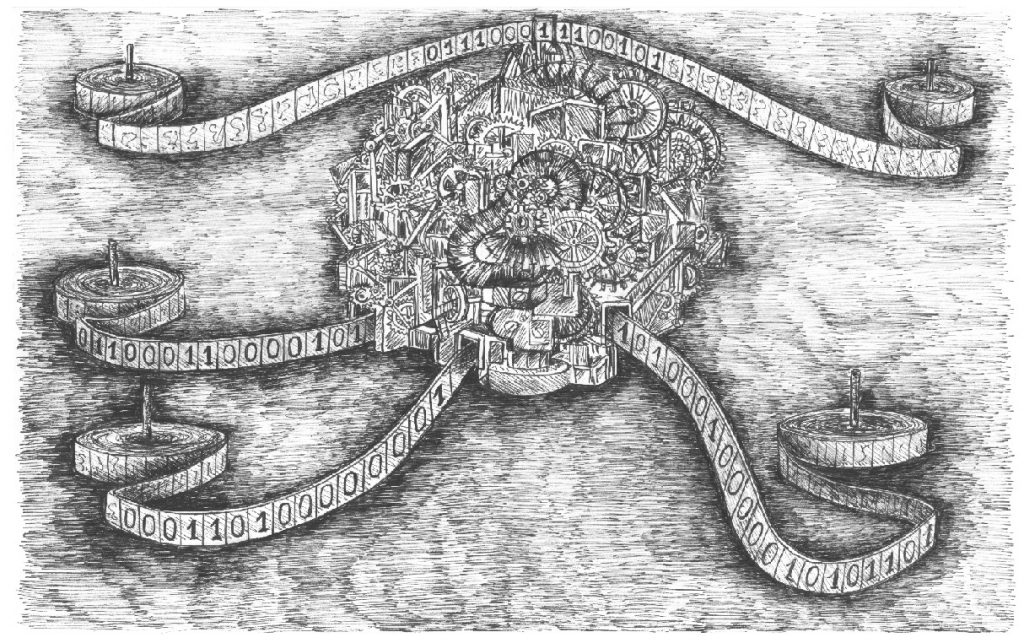
I would like to share some information about #Kryptos that I haven`t seen anywhere yet, and I strongly believe will lead someone to final solution (as always):)
First one that I wanted to share is connected to the idea that Mr. Sanborn could easily deceive us and make decryption a bit more difficult, even without the knowledge of any advanced math or crypto algorithms by himself.
The idea is following (in pseudo-code):
Input:
1) zeros_and_ones: string of 0 and 1
2) plain_text: plain text to encrypt
2) key: key
3) basic_algorithm: selected cryptography algorithm which uses key. algorithm has two methods:
3.1) basic_algorithm.encrypt(position, letter, key)
3.2) basic_algorithm.decrypt(position, letter, key)
The idea for new_algorithm is following:
new_algorithm.encrypt(zeros_and_ones, position, plain_text, key):
letter = plain_text[position]
if (zeros_and_ones[position] == 0):
return basic_algorithm.encrypt(position, letter, key)
else:
return basic_algorithm.decrypt(position, letter, key)
similar approach to decryption:
new_algorithm.decrypt(zeros_and_ones, position, encrypted_text, key):
letter = encrypted_text[position]
if (zeros_and_ones[position] == 1):
return basic_algorithm.encrypt(position, letter, key)
else:
return basic_algorithm.decrypt(position, letter, key)
To sum up in one sentence: it says that in order to produce encrypted letter you either must encrypt it or decrypt – which approach to use is based on the zeros_and_ones string
Why did I write about this idea?
If you get the top rows from morse code:
E DIGETAL EEE
T IS YOUR
EE VIRTUALLY E
EE SHADOW EE
LUCID EEE
remove the debris (Es)DIGETAL
T IS YOUR
VIRTUALLY
SHADOW
LUCID
correct the mistake (DIGETAL -> DIGITAL) and you have exactly 97 zeros and ones (dashes and dots in morse code).
This leads us to Part II (soon).
Greg.